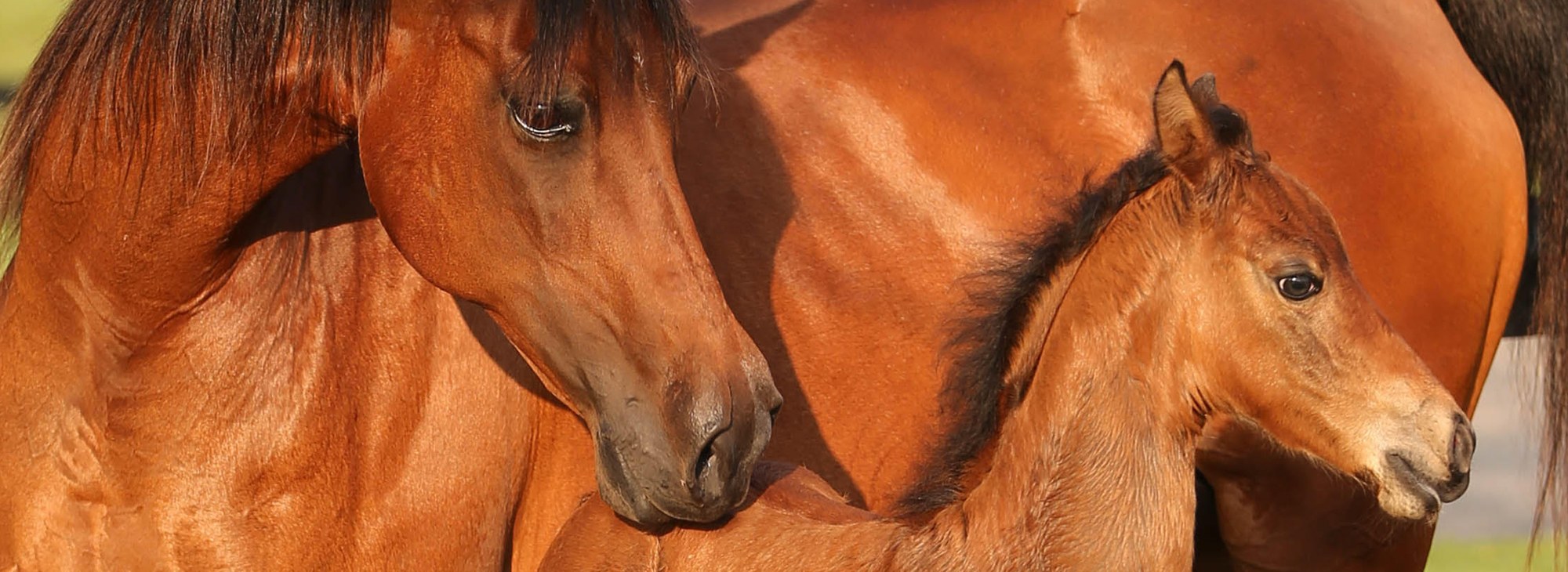Working Equitation
This discipline was created to recognize and promote the equestrian techniques employed in countries that use the horse to work in the field such as Italy, Portugal, Spain & France, and it’s becoming increasingly popular in the United States. This sport demands an athletic all-around horse able to perform with precision, finesse, and speed. Working Equitation consists of 4 phases that are called Trials, with the first three being mandatory, and the last one optional:
· The Dressage Trial prepares riders for the challenges presented by obstacles. Prescribed dressage tests are ridden at each level.
· The Ease of Handling Trial is designed to represent difficulties that a horse and rider would encounter while working in the field. The goal is to negotiate an obstacle course with accuracy, ease, and smoothness. This trial is not timed.
· The Speed Trial tests rider's coordination and anticipation, and the horse’s submission, speed, and attention. The obstacles are executed as quickly as possible, without any concern for style.
· The Cattle Trial’s objective is for each rider to individually sort, cut, and move a pre-selected cow from the herd and then, as a team of 3-4, put it in a designated pen. This is a timed event.
More information about the sport of Working Equitation can be found at the National governing organization HERE.
Some of the top level horses competing in Working Equitation are Morgans as shown HERE on the Morgan Sport Resources page.
